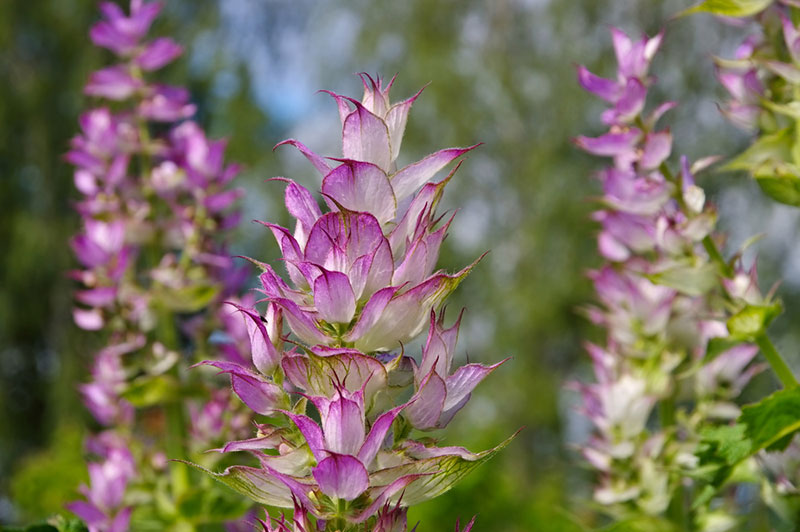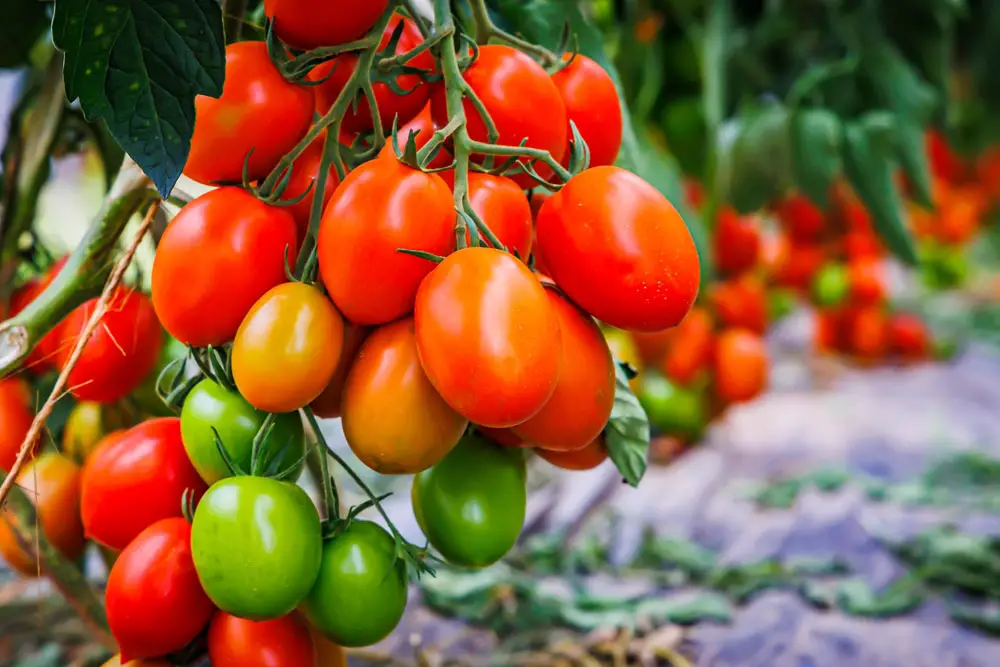
If you have trouble reaching the ground, then gardening in raised beds may be the perfect solution. Assuming you prepare your soil correctly, they drain better than the ground.
Additionally, raised beds warm up faster in the spring, which means that you can plant your vegetables sooner. It may also mean that you can grow more than one crop in a year, depending on what vegetables and varieties you choose.
Consider these vegetable choices that grow well in a raised bed garden.
Kale
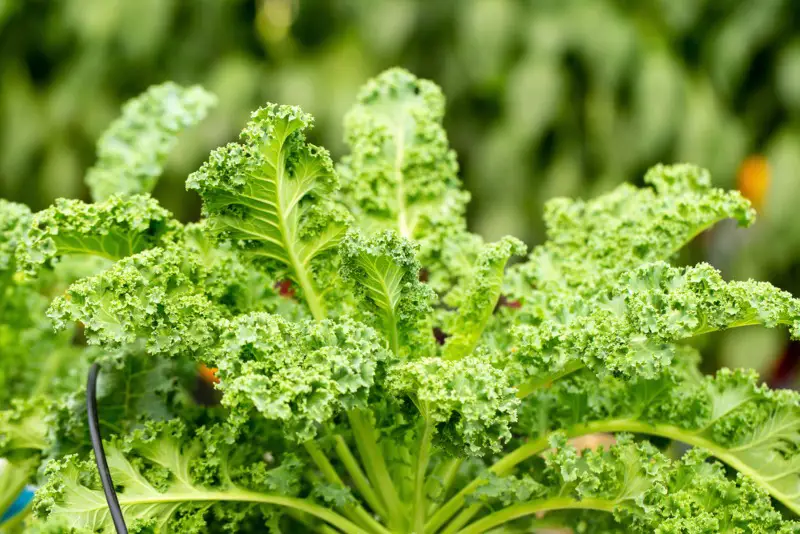
When choosing varieties of kale to grow in containers, look for options marked compact and productive as you will get more kale to enjoy. Most varieties will bloom in the early spring. Once mature, cut what you need to put on your table, and it will grow again. This plant grows well in full sun or partial shade. You need to water the soil regularly so that it stays consistently moist.
Peas
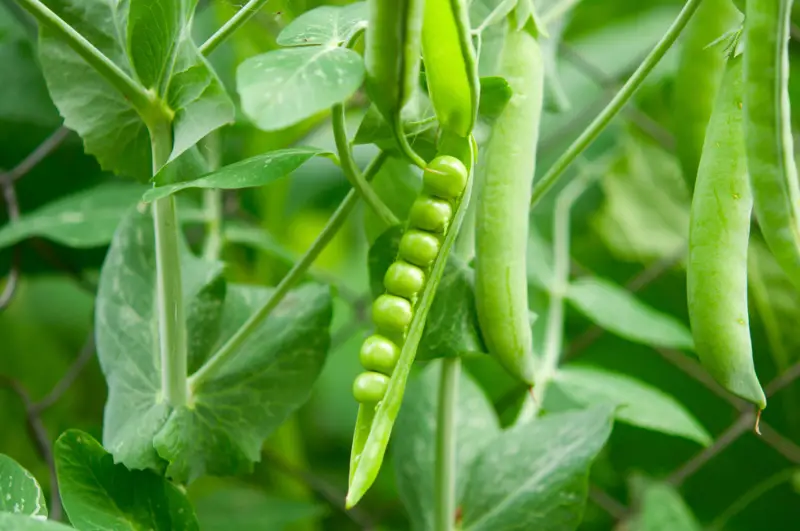
Peas are a cool-weather crop, so make sure to plant them at least one month before your last expected frost date. You can also grow them again once the summer’s heat has left. Soak your pea seeds overnight in water, and you will have a better germination rate. Most peas do not transition from indoors to your raised beds well, so directly sow them in your soil. Do not overfertilize your peas, as they will go leggy and not produce as many pods. Always keep the soil moist, but do not let your plants stand in water. Picking pods every day will increase your productivity once your peas are ready in six-to-11 weeks.
Tomatoes

It is easy to grow tomatoes from plants in raised beds. When planting, dig the hole deep enough that two-thirds of the stem is underground. Then, pinch off any leaves that are below ground before filling the hole with dirt. This process encourages a vigorous plant. For the first couple of weeks, you should water your tomato plants every day. Then, give them 2-inches of water weekly, unless the weather gets too hot when you may have to water them twice daily. Watch your tomatoes as the fruit must stay off the ground. If your plants get too heavy, put a cage around them.
Summer squash

Choose a bush-type of summer squash to plant. Place the seeds directly into the ground about one week after your last expected frost. You will need to use a trellis to grow summer squash in raised beds. There are many advantages to this, including better air circulation, fewer pests, and it is easier to see the squash, but you must train them to grow up the trellis. Bush varieties of summer squash mature faster than other types.
Swiss Chard
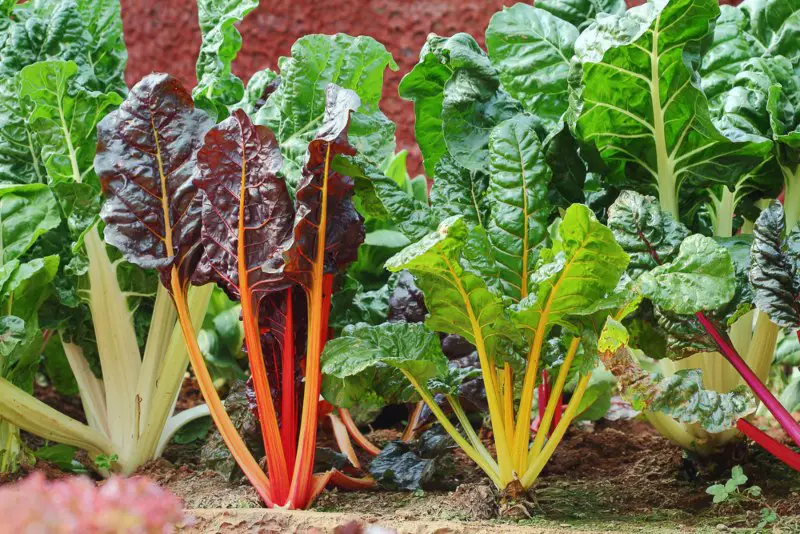
You should plant Swiss chard about 21 days before the expected last frost date. Once they sprout, then thin out your plants until they are about 15-inches apart. Most varieties mature in 50 to 60 days. This plant loves the sun, but in warmer climates, it may need some afternoon shade. Mulch around your plants to help conserve water. You can begin picking your chard as soon as it is big enough to put on your table.
Cucumbers

Cucumbers love raised beds because they drain so well. You should wait until the soil is about 60 degrees to plant your cucumbers. The cucumber vine needs a trellis or other structure to climb. Place your cucumbers in a spot where they will get at least eight hours of sunlight daily. Keep them away from your tomatoes and sage. Cucumbers will mature in about 60 days.
Zucchini

Vine-type zucchinis do marvelous in raised beds as long as they have something to grow on. Plant the seeds directly into your ground in a mound of soil because they do not transplant well, and they hate cold weather. You will see the zucchini plant start to vine in about five weeks. Most varieties of zucchini will be ready to harvest in about 60 days.
Radishes

You may want to consider growing all three types of radishes in your bed. Plant summer radishes early and expect them to take about six weeks to mature. Sew winter radishes in the middle of the summer. Depending on your variety, they will be ready to harvest between September and December. Chinese radishes can be picked young and used in salads or let them fully mature in the ground for stir-fries. Plant radish seeds directly into the ground and sprinkle soil over them lightly. Water your radishes frequently.
Bok Choy
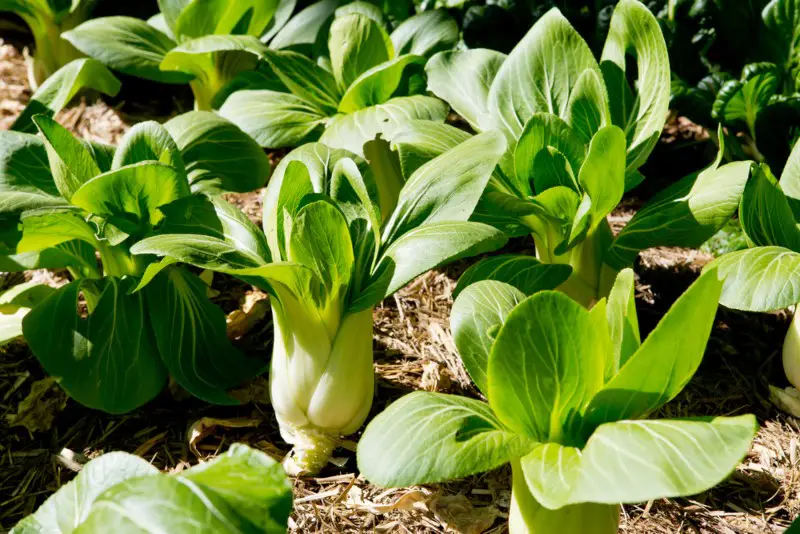
You can start your bok choy inside before transplanting it to your garden bed after all danger of frost has passed. Consider planting it where another plant will shade it. You can begin harvesting it as soon as the leaves are developed but be sure that you do not let it get taller than 10 inches. Plant your bok choy in succession because it is nearly impossible to keep it for very long.
Celery

Make sure that you have organically rich soil in your bed to grow celery. Plant celery when the soil temperature is about 50 degrees and temperatures at night do not get below 40 degrees to keep your celery from bolting. It takes celery about 135 days to mature. Push soil up around the bottom of the celery once seedlings have started forming. Give each plant one teaspoon of fertilizer during its second, third and fourth months. You can find choices that will grow from zones 2 to 10.










